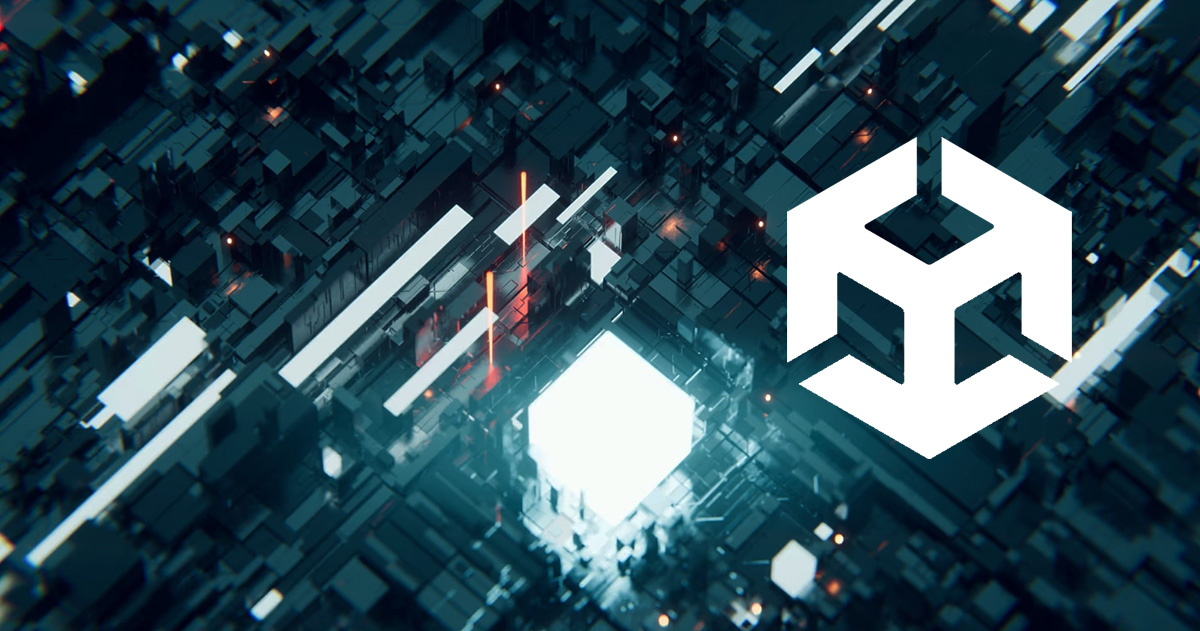The company Unity has officially released the sixth version of its engine—nine and a half years after the launch of Unity 5. Here we discuss some of the new features.
- The updated engine is significantly faster and more stable. For example, Unity optimized CPU load during rendering by offloading some tasks to the GPU. According to internal testing, this change along with several other new features has increased CPU performance fourfold compared to Unity 5.
- There are more tools available for creating multiplayer games, collected in the Multiplayer Center hub.
- Support for mobile browsers has been added for web projects. Additionally, web projects for mobile devices can now be made nearly as functional as native mobile apps. The memory capacity for web projects has increased from 2 GB to 4 GB.
- The cross-platform solution Unity Sentis has been added for integrating neural networks into projects.
- The lighting system has been improved, and environment rendering has been enhanced. Fog, clouds, and water now appear much more realistic. The ray tracing API is now ready for use on all platforms.
You can read more about these and other changes on the Unity blog.
Unity also announced a new approach to releasing updates. From now on, they will release three types of versions: 1) major numbered versions like Unity 5 and 6; 2) versions with bug fixes but no new features; 3) numbered versions with a small number of new features in the format Unity 6.x. The release of Unity 6.1 is scheduled for April 2025.

